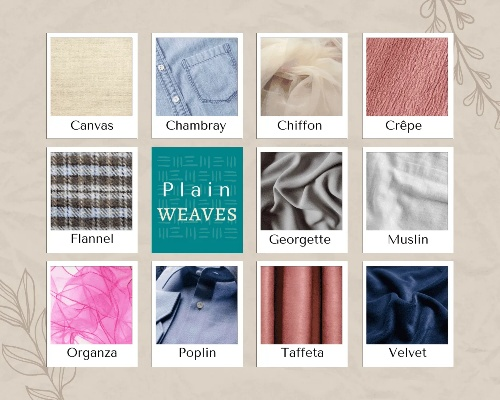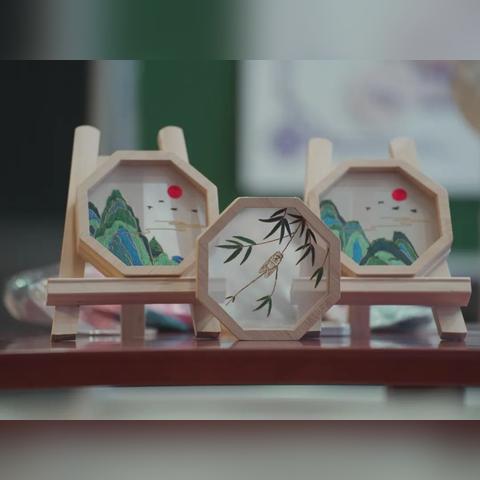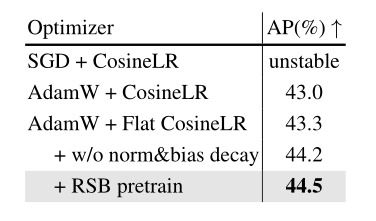Essential Considerations for Home Textiles
Home textiles, such as curtains, carpets, and upholstery, play a significant role in enhancing the aesthetic appeal of a home. When selecting home textiles, several essential considerations must be taken into account to ensure optimal functionality, durability, and longevity. Firstly, the material used for the textiles must meet specific standards, such as being flame-resistant or antimicrobial, to protect against potential fire hazards and maintain hygiene. Additionally, the color and pattern of the textiles should complement the overall decor and style of the room, while also providing adequate coverage and privacy. Lastly, it is important to consider the weight and texture of the textiles when determining their suitability for a particular space, as they can affect comfort and airflow. By carefully considering these factors, homeowners can select high-quality home textiles that not only enhance their living spaces but also provide lasting value and beauty.
Introduction: Home textiles are an essential part of our daily lives, providing comfort and aesthetic appeal to our living spaces. From curtains to rugs, from bedding to upholstery, these items can significantly impact the atmosphere and functionality of our homes. In this guide, we will explore some key considerations when selecting and maintaining home textiles.
Material Selection: The type of material used in home textiles can greatly affect their durability, appearance, and comfort. Common materials include cotton, polyester, linen, silk, and wool. Each material has its own unique properties that should be considered before making a purchase.
| Material | Benefits | Disadvantages |
|---|---|---|
| Cotton | Comfortable, breathable, soft | Can shrink, fade quickly |
| Polyester | Durable, easy to clean, quick dry | Can feel heavy, scratchy |
| Linen | Highly absorbent, breathable, lightweight | May pill easily, requires ironing |
| Silk | Luxurious, soft, smooth to the touch | Expensive, prone to damage |
| Wool | Warm, soft, durable, hypoallergenic | Can be expensive, prone to static electricity |
-
Quality Assessment: Quality is often determined by the construction techniques used in the production process. High-quality home textiles should have tight weaves, even threading, and proper dyeing processes. Look for labels such as "OEKO-TEX® Standard 100" or "GOTS" (Global Organic Textile Standard) to ensure eco-friendly and safe materials.

-
Durability: Choose textiles that are designed to withstand regular wear and tear. For example, high-thread count cotton sheets may be more durable than lower-thread count options. Additionally, consider the fabric's resistance to stains and fading.
-
Colorfastness: Colorfastness refers to how well a textile can resist fading or discoloration over time. Choose textiles that have been treated with colorfast dyes or those that have undergone professional cleaning to prevent fading.
-
Size and Fit: Ensure that the size and fit of the home textiles you choose align with your needs. If possible, try them on before making a purchase to avoid disappointment upon arrival.
-
Environmental Impact: When selecting home textiles, consider their environmental impact. Look for products made from sustainable materials or those certified by organizations like the Global Organic Textile Standard (GOTS).
-
Personal Style: Lastly, consider your personal style when choosing home textiles. Do you prefer traditional designs or modern minimalism? Do you have a specific color palette in mind? Your choice should reflect your taste and preferences.
Case Study: Consider the story of Sarah, who recently purchased new bedding sets for her guest bedroom. She was drawn to the luxurious look of the silk sheets but worried about their longevity. After researching online, she found that the sheets were made from organically grown yarn and had passed the GOTS certification. Sarah decided to invest in these high-quality pieces, confident they would not only provide comfort but also contribute to a greener environment.
Conclusion: In conclusion, selecting and maintaining home textiles requires careful consideration of various factors such as material selection, quality assessment, durability, colorfastness, size and fit, environmental impact, and personal style. By following these guidelines, homeowners can create a comfortable and stylish living space that lasts for years to come. Remember, investing in quality home textiles is an investment in both comfort and sustainability.
家用纺织品选购指南
家用纺织品是家庭生活中不可或缺的装饰品和舒适用品,选购时需要注意以下几点,以下是一份英文口语化的内容,用表格形式补充说明注意事项。

家用纺织品选购注意事项
| 序号 | 注意事项 | 英文说明 |
|---|---|---|
| 材料选择 | 选用环保、健康、耐用的面料。 | Material selection should be environmentally friendly, healthy and durable. |
| 尺寸与舒适性 | 根据家庭空间大小和成员体型选择合适的尺寸。 | Size should match the space and comfort level of the home. |
| 功能性考虑 | 考虑窗帘、床单、毛巾等产品的遮光、防螨、抗菌等功能。 | Consider the functionality of products such as light-blocking curtains, bed sheets, and towels for anti-mite and antibacterial properties. |
| 色彩搭配与风格统一 | 选择与家居风格相匹配的色彩搭配,营造和谐氛围。 | Select a color scheme that matches the home style for a harmonious atmosphere. |
| 安全与质量检验 | 检查纺织品是否有无瑕疵、无毒、无异味等质量要求。 | Check for flaws, toxic substances, and odor in the textiles. |
| 品牌与信誉度 | 选择知名品牌和信誉度高的产品。 | Choose products from reputable brands. |
| 英文案例说明: |
【案例一】:选购窗帘时,应注意选择具有遮光功能的窗帘布,以保护家人免受紫外线的伤害,应选择环保、无毒、无异味的面料,确保使用安全。
家用纺织品使用注意事项
在使用家用纺织品时,需要注意以下几点:
家用纺织品使用注意事项
| 序号 | 使用注意事项 | 具体说明 |
|---|---|---|
| 清洁与保养 | 使用后及时清洗,避免长时间使用导致污渍积累。 | Clean and maintain regularly to avoid stains accumulation. |
| 安全使用 | 注意避免儿童接触尖锐物品,避免误吞或误吸。 | Pay attention to avoiding children's access to sharp objects and avoiding accidental ingestion or aspiration. |
| 使用环境与温度 | 根据不同用途选择合适的温度范围,避免过热或过冷。 | Select the appropriate temperature range according to the intended use, avoiding overheating or cooling. |
| 使用期限与更换周期 | 根据使用频率和磨损情况,及时更换或维修产品。 | Consider the replacement cycle based on usage frequency and wear and tear. |
| 注意防火安全 | 家用纺织品应符合防火安全标准,避免火灾隐患。 | Pay attention to fire safety standards when using household textiles to avoid fire hazards. |
家用纺织品保养技巧
为了延长家用纺织品的寿命和使用效果,需要注意保养技巧:
家用纺织品保养技巧
- 定期清洗:使用后及时清洗,避免长时间使用导致污渍积累,可以使用温和的洗涤剂和适当的清洗工具进行清洗。
- 避免暴晒:避免将纺织品暴露在强烈的阳光下,以免褪色或变形。
- 干燥方式:使用适当的干燥方式,避免过度干燥或潮湿,以免损坏纺织品,可以使用晾干、烘干或自然晾干等方式。
- 存储方式:将纺织品存放在干燥、通风、避光的地方,避免潮湿和高温。
- 使用环保材料:选择环保、无毒、无异味的面料和配件,确保使用安全。
家用纺织品是家庭生活中不可或缺的装饰品和舒适用品,选购时需要注意材料选择、尺寸与舒适性、功能性考虑、色彩搭配与风格统一以及品牌与信誉度等方面,在使用时需要注意清洁与保养、安全使用以及使用环境与温度等方面,需要注意保养技巧,如定期清洗、避免暴晒、干燥方式、存储方式和选择环保材料等,通过遵循这些注意事项和技巧,可以更好地享受家用纺织品的舒适度和美观度。
Articles related to the knowledge points of this article:
A Comprehensive Guide to Textile Formulas and Their Applications
The Role of Textile Testing Laboratories in the Fashion Industry
The Fabric of Life:Unveiling the World of Embroidery
The Causes of Pre-Shrinkage in Textiles
A Comprehensive Guide to Selecting the Right Textile Products
The Fabrics of the Qianlong Era:A Glimpse into Imperial Decorum


